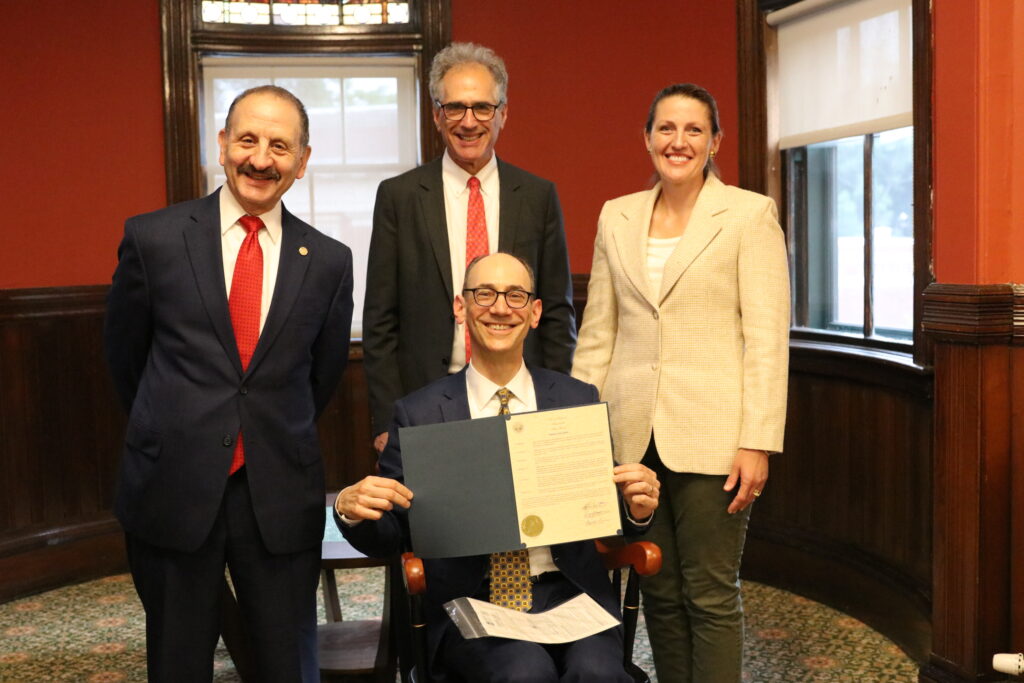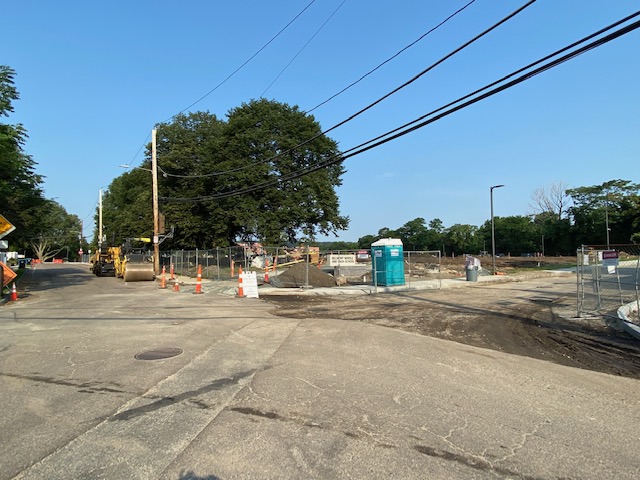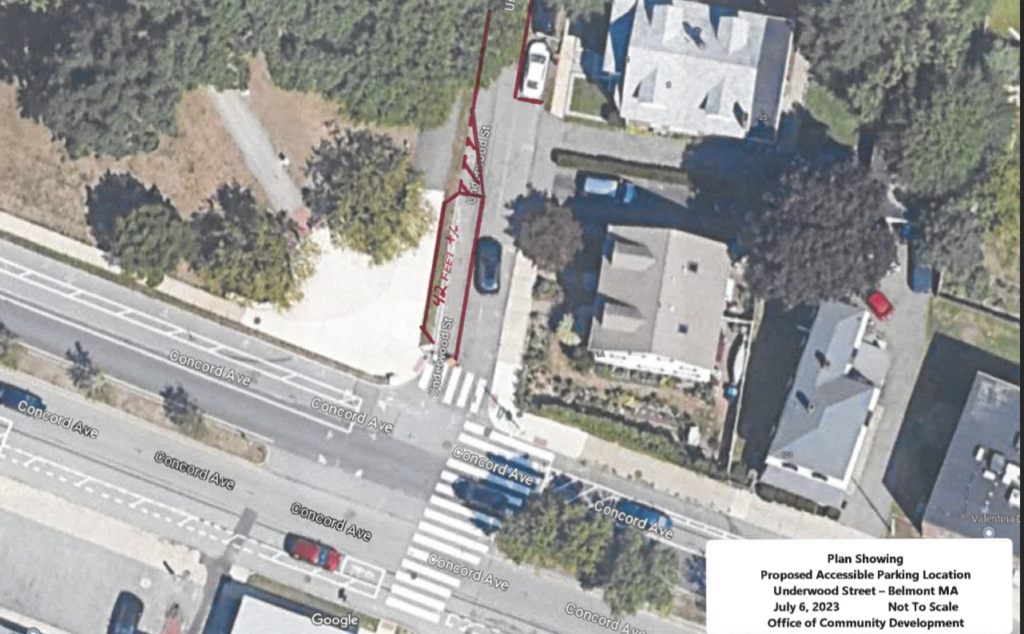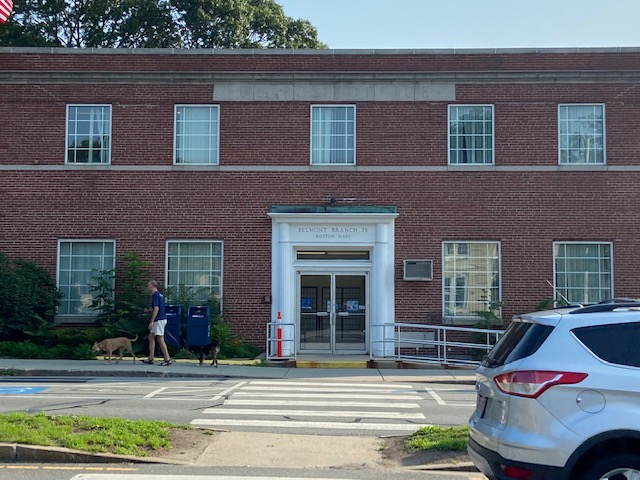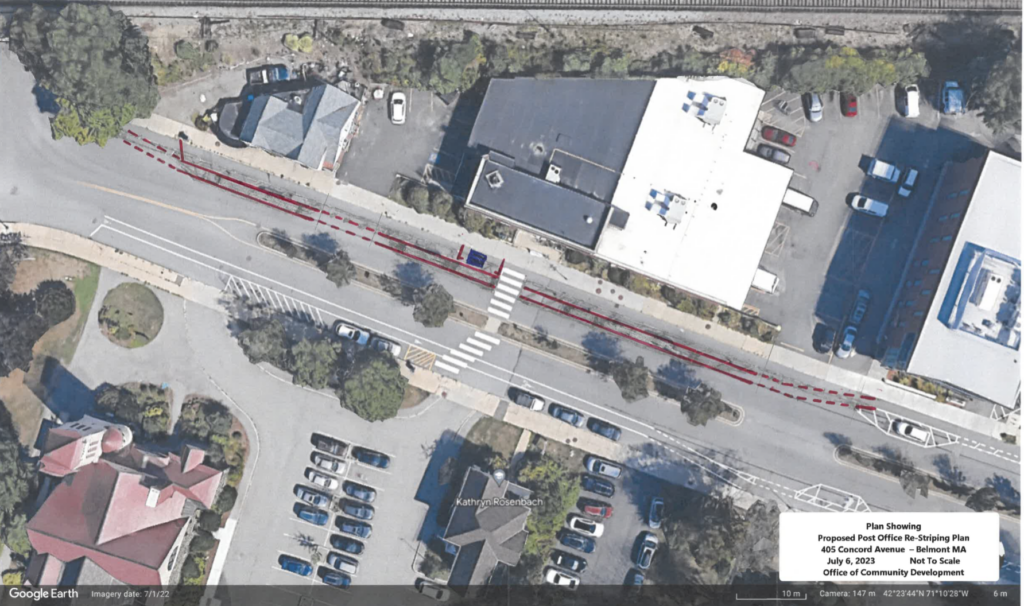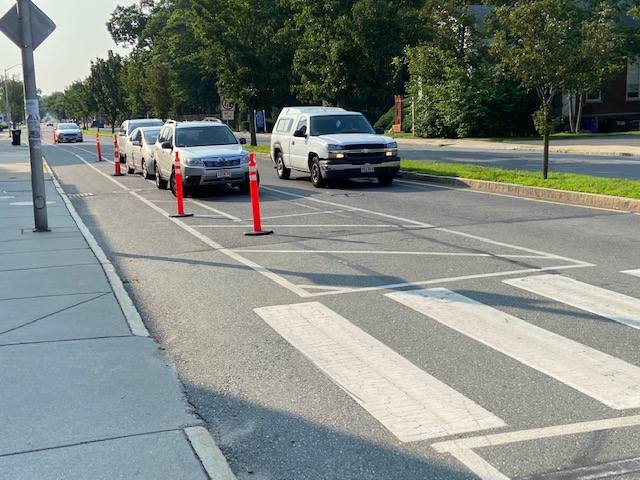Photo: Belmont Police Chief James MacIsaac
It’s a second bite at the apple as the Belmont Select Board will be holding a hybrid public meeting on Thursday, Sept. 7, to discuss whether or not the Belmont Police Department should end its relationship with the state’s Civil Service system.
The meeting will occur in the Select Board Conference Room in Town Hall at 7 p.m. Residents can attend via Zoom at this link.
The meeting marks a second attempt to end the police department’s relationship with the government agency designed to provide fairness in the public sector, in entry-level hiring, and promotions, including bypass in rank, demotions, layoffs, and discipline which includes suspensions and terminations.
Supporters of ending civil service, which included town officials, the Select Board, and the leaders of both fire and police departments, believe the town would see significant cost savings by ending a 108-year-old arcane system for hiring and promotions, replacing it with an efficiently run locally-focused practice.
Opponents made up of the rank and file of Belmont Fire and Police and resident supporters said changes to civil service – such as altering age limits and increasing diversity in the number of candidates – can be made by changes to the existing language of the agreement.
The last time the issue came before a Town Meeting, an article removing civil service for Belmont’s Police and Fire departments was withdrawn by the Select Board minutes before it was to be presented before a contentious Special Town Meeting in September 2020.
Since then, issues with Civil Service requirements continue to plague hiring at the Police Department. In 2021, Police Chief James MacIsaac pointed to an inability to fill important entry posts for two years due to the limited number of candidates he could choose from. He also said he could bring a more diverse group of candidates to the hiring process outside of Civil Service.
While more than 130 cities and towns have accepted Civil Service, many communities have recently ended their relationship, including Lexington in 2019.


